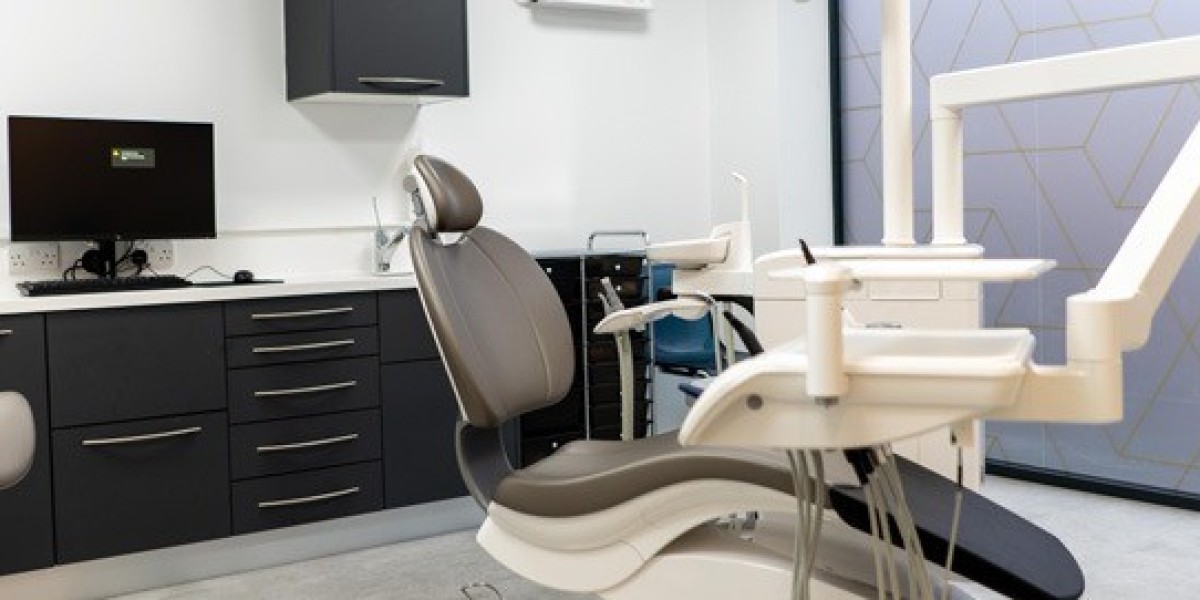Designing a dental clinic is a delicate balance of aesthetics, functionality, regulation, and user experience. While the visual appeal of a space is important, the layout and infrastructure must support both clinical excellence and patient comfort. The process demands more than just an eye for style; it requires careful planning, industry understanding, and compliance with strict healthcare standards.
The success of a dental practice often hinges on the quality of its design. A well-conceived dental clinic design not only enhances operational efficiency but also positively influences patient perception and staff satisfaction.
This blog aims to highlight the most common design errors that professionals and planners should avoid when creating a dental clinic. From workflow mismanagement to overlooking essential hygiene protocols, we’ll explore how each mistake can be avoided through thoughtful planning and collaboration with expert dental surgery contractors. Whether you're setting up a new clinic or renovating an existing one, understanding these pitfalls is essential to ensuring long-term success.
Ignoring Workflow Efficiency
One of the most common—and most damaging—design oversights is the failure to optimise internal workflow. Dental clinics operate best when the movement of staff, patients, and equipment is intuitive and fluid. Without a clear zoning structure separating consultation areas, treatment rooms, sterilisation zones, and administrative spaces, daily operations become fragmented and inefficient.
Poorly planned layouts lead to bottlenecks and time delays, causing stress for staff and frustration for patients. Dental professionals should be able to move smoothly between areas without crossing unnecessary paths. For example, sterilised instruments should not be transported through patient waiting areas, and clinical zones should remain strictly functional without interference from administrative tasks.
To avoid this mistake, begin your planning process by mapping out daily routines for both staff and patients. Use this data to guide the layout, ensuring logical adjacencies and minimal crossover. Experienced dental surgery contractors can provide valuable insight into efficient space configuration, as they are familiar with common pitfalls and industry standards.








